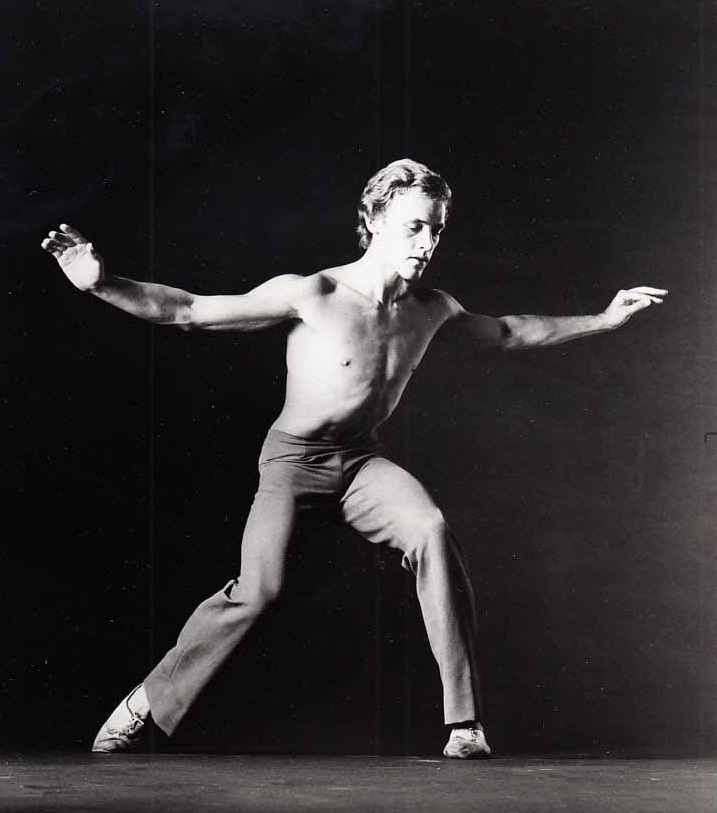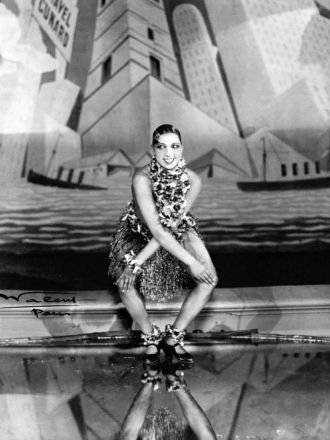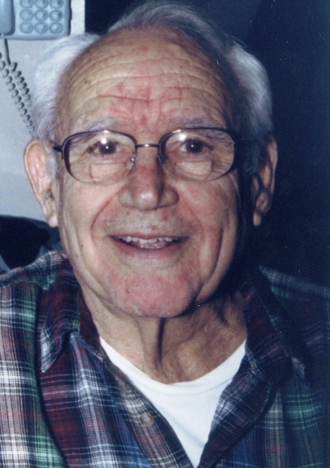Dennis Wayne
A photo of Dennis Wayne, born as Dennis Wayne Wendelken, the famous ballet dancer, choreographer and and coach.
Date & Place:
Not specified or unknown.


 Amanda S. Stevenson
Amanda S. Stevenson 





